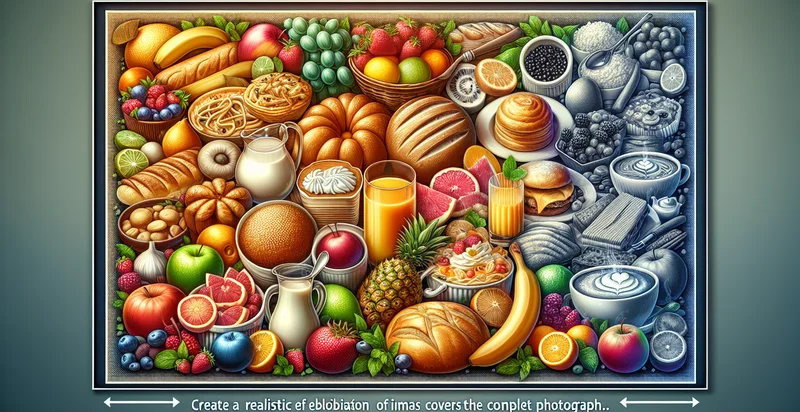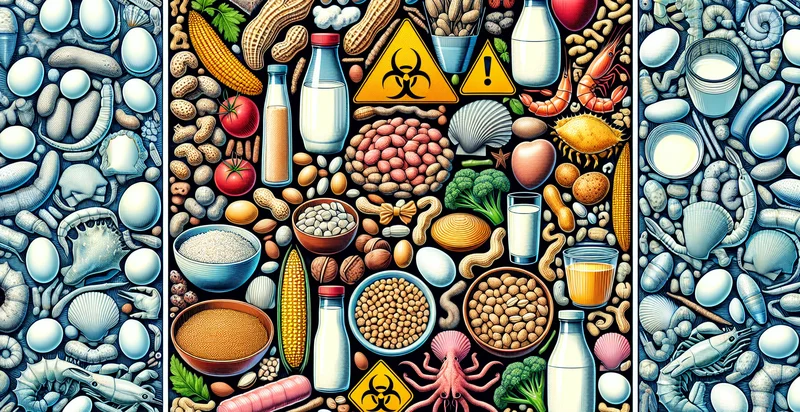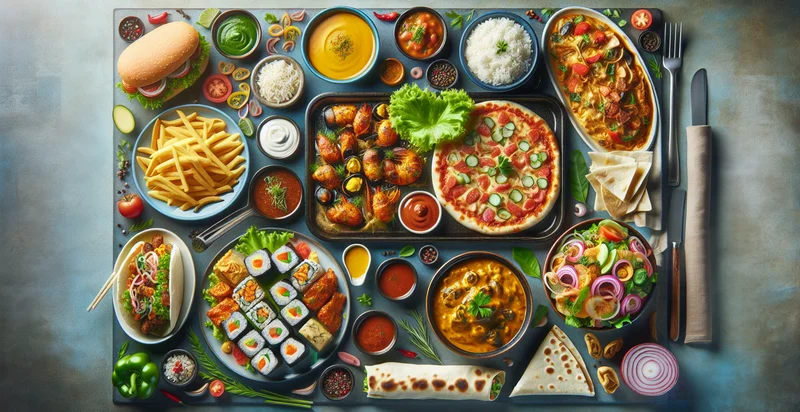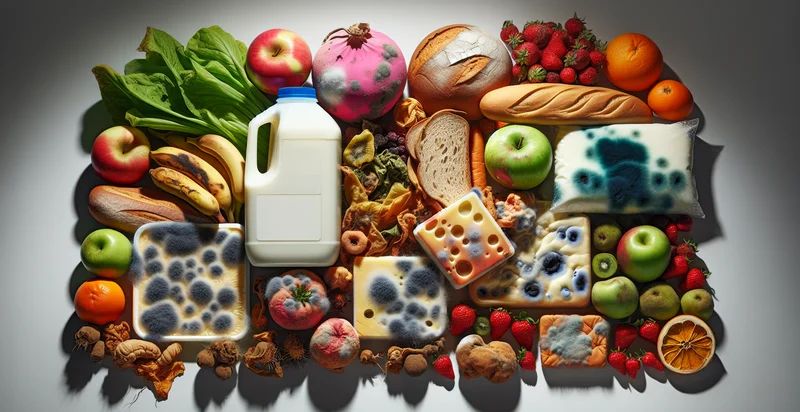Identify food types
using AI
Below is a free classifier to identify food types. Just upload your image, and our AI will predict what type of food it is - in just seconds.

Contact us for API access
Or, use Nyckel to build highly-accurate custom classifiers in just minutes. No PhD required.
Get started
import nyckel
credentials = nyckel.Credentials("YOUR_CLIENT_ID", "YOUR_CLIENT_SECRET")
nyckel.invoke("food-types", "your_image_url", credentials)
fetch('https://www.nyckel.com/v1/functions/food-types/invoke', {
method: 'POST',
headers: {
'Authorization': 'Bearer ' + 'YOUR_BEARER_TOKEN',
'Content-Type': 'application/json',
},
body: JSON.stringify(
{"data": "your_image_url"}
)
})
.then(response => response.json())
.then(data => console.log(data));
curl -X POST \
-H "Content-Type: application/json" \
-H "Authorization: Bearer YOUR_BEARER_TOKEN" \
-d '{"data": "your_image_url"}' \
https://www.nyckel.com/v1/functions/food-types/invoke
How this classifier works
To start, upload your image. Our AI tool will then predict what type of food it is.
This pretrained image model uses a Nyckel-created dataset and has 20 labels, including Beverage, Bread, Cereal, Condiment, Dairy, Dessert, Fruit, Grain, Herb and Legume.
We'll also show a confidence score (the higher the number, the more confident the AI model is around what type of food it is).
Whether you're just curious or building food types detection into your application, we hope our classifier proves helpful.
Related Classifiers
Need to identify food types at scale?
Get API or Zapier access to this classifier for free. It's perfect for:
- Food Label Verification: This function can be employed by food manufacturers to ensure that the images used on product packaging accurately represent the food type. By comparing packaging images with the classifier results, businesses can enhance brand consistency and avoid misleading customers.
- Menu Optimization for Restaurants: Restaurants can utilize this image classification to analyze customer-uploaded food pictures on social media and food delivery platforms. Insights gained from popular food types can help improve menu offerings, increasing customer satisfaction and sales.
- Dietary Monitoring Apps: Health and diet apps can implement this function to analyze users' food photos, helping them track their dietary intake more accurately. By categorizing food types accurately, users can receive personalized feedback and nutritional tips.
- Food Quality Control in Manufacturing: Food processing industries can use this classifier for quality assurance, ensuring that only products meeting specific visual criteria are labeled and shipped. This application can help reduce product recalls and enhance consumer trust.
- Food Waste Reduction Programs: Nonprofits focused on food waste can apply this function to efficiently sort and categorize unsold food items for redistribution. By identifying food types, organizations can better match products with the needs of food banks and shelters.
- Virtual Nutrition Coaching: Nutritionists and health coaches could incorporate this function into virtual coaching platforms. Clients can upload images of their meals, and the system will classify and analyze food types, allowing for more accurate dietary feedback and personalized plans.
- E-commerce Food Retailing: Online grocery stores can benefit from this classification tool to enhance product descriptions and recommendations based on food type analysis. The results can streamline inventory management and promote cross-selling of related items, improving the shopping experience.


